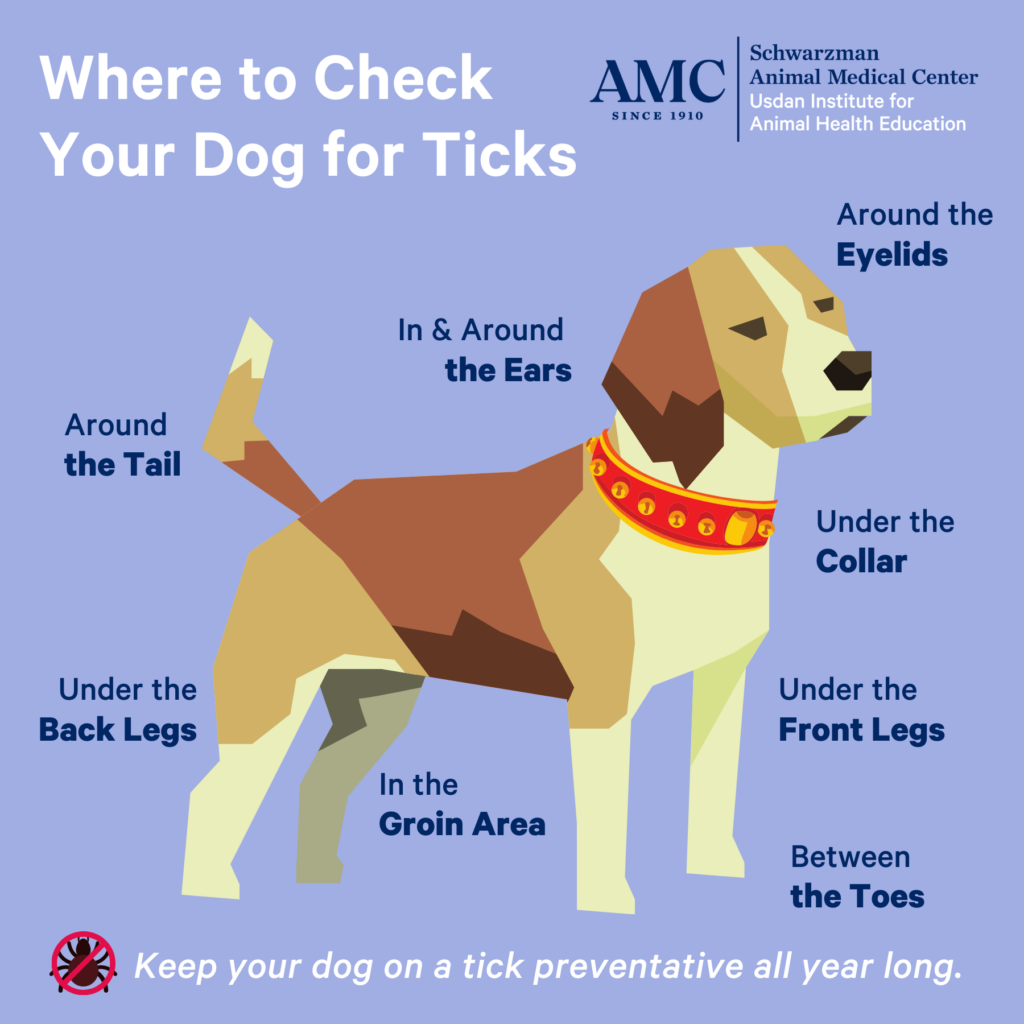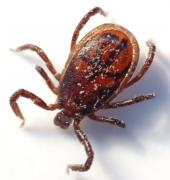Tickborne Illnesses Are On the Rise: What Pet Owners Need to Know

Tickborne Illnesses Are On the Rise: What Pet Owners Need to Know
The Centers for Disease Control (CDC) have great information on their website to help all of us stay healthy. The site contains information on travel health, foodborne illnesses and descriptions of every disease you can imagine in their Health Topics A-Z. They even have section called Healthy Pets, Healthy People with information about pet care and pet diseases. In today’s blogpost, I’ll be discussing tick bites and tickborne diseases, an issue that concerns humans and our companion animals alike.
Tick Bite Tracker
One cool feature on the CDC website is the interactive tick bite tracker. Using this tracker, I can see that there are more visits to the human ER in the northeastern United States for tick bites in 2023 than in the prior three years. In all US geographic areas, visits to the human ER are higher in 2023 as well. Interesting fact: the tracker indicates men have more tick bites than women.
Two Recent Cases of Tickborne Illness in Dogs
Just last week, AMC’s Oncology Service had two patients with tickborne illness. The first dog is undergoing treatment with chemotherapy and came in with a swollen leg and a fever. While we worried about a reaction to chemotherapy, something just did not fit. Testing indicated a diagnosis of the tickborne disease anaplasmosis, and treatment with doxycycline caused a rapid improvement.
The second dog had an adrenal gland tumor and was being monitored after surgical removal of the tumor. After feeling well for months, the pup was suddenly not feeling well. His owner mentioned a recent diagnosis of ehrlichiosis, another tickborne illness, in himself. A quick, in-office test indicated the same diagnosis in the dog, and that diagnosis was later confirmed by DNA testing. Like the first patient, this one responded quickly to doxycycline.
Tickborne Illnesses Expected to Increase in Companion Animals
Based on information from the Companion Animal Parasite Council (CAPC), these two sick dogs are not surprising. In their annual pet parasite forecast for 2023, CAPC predicted an increase in tickborne illness in pets. As in previous years, the forecasted risks of ehrlichiosis in dogs remains high throughout the southeast, southwest, southcentral and coastal Atlantic states. For anaplasmosis, major risks for dogs continue in the Northeast and upper Midwest. This is a spot on prediction since AMC is both in the Northeast and coastal Atlantic states.
Protecting Your Pets Against Tickborne Illness
Since tickborne illnesses are on the rise, here are some steps your can take to protect your pets:
- Use a monthly or quarterly tick preventative medication in your pets
- In areas of high tick activity, consider adding a collar that prevents ticks in addition to preventative medications
- Talk to your veterinarian about a Lyme disease vaccine
- Check your dog daily for ticks


































